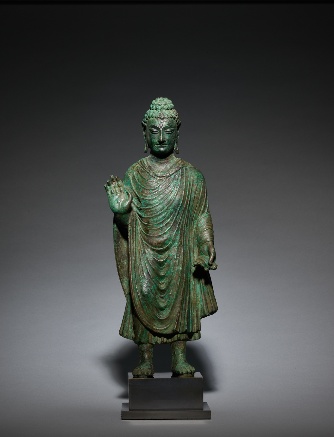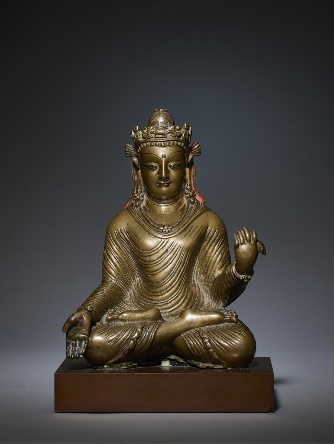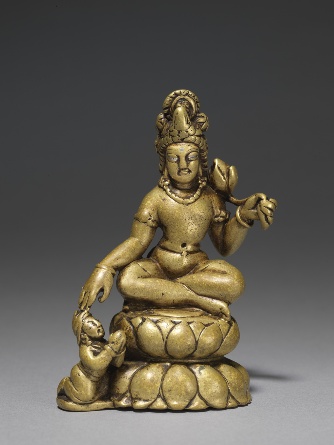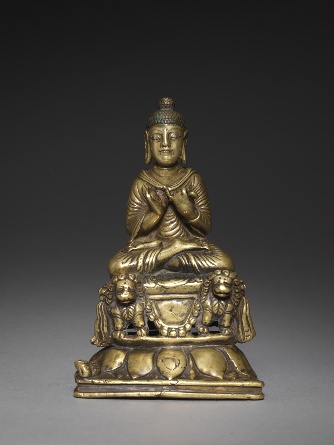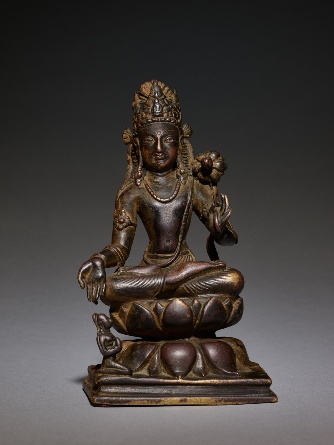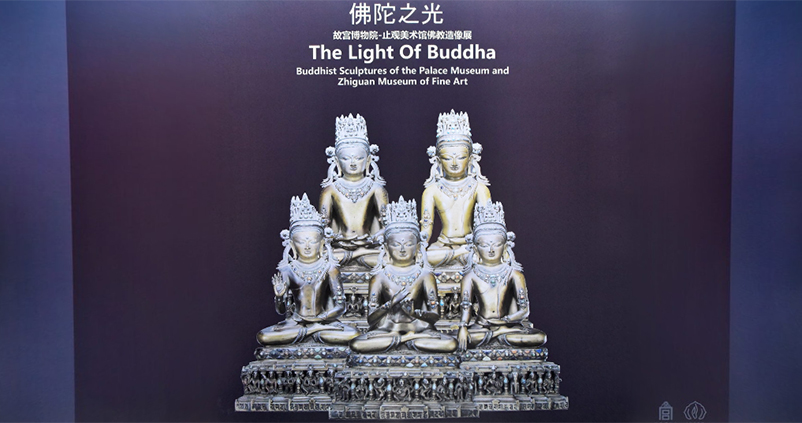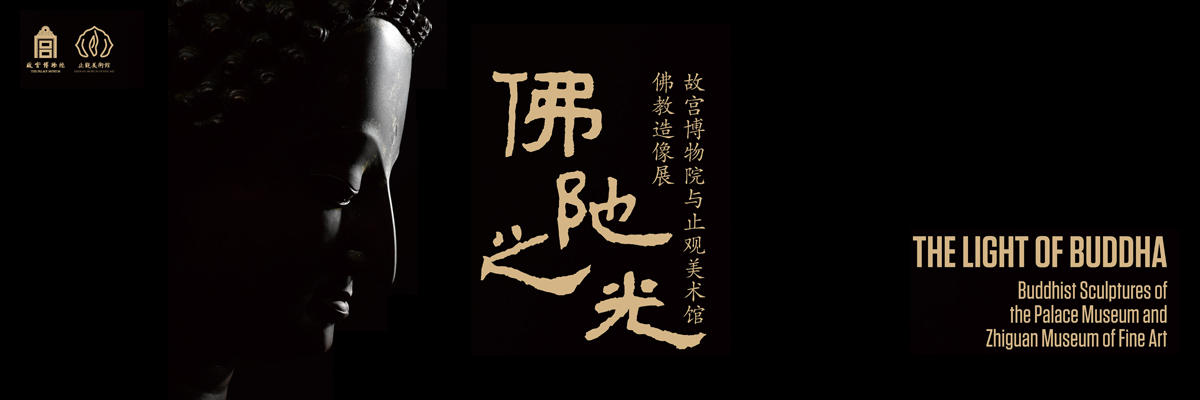

佛陀之光:故宫博物院与止观艺术馆佛教造像展
时 间 : 2018.10.23 -2018.12.23 地 点 :斋宫
前言
佛教及佛教艺术起源于印度,伴随着佛教的传播,佛像艺术也传播到喜马拉雅地区,成为喜马拉雅各地文化的组成部分,并在相关地区形成了不同的地域风格与时代特征。
公元7世纪以来,印度佛教进入青藏高原。在随后的一千多年中,佛教在这片雪域高原上经历了漫长且曲折的发展过程,形成了独特的佛教分支,被称之为“藏传佛教”。
15世纪以前,藏传佛教艺术主要受到来自于喜马拉雅地区的西部和南部地区的影响,其传播路径大致可以分为两支:一支是西北印度的犍陀罗(Gandhāra)、喀什米尔(Kaśmīr)、斯瓦特(Swāt)等艺术风格;另一支为东北印度的笈多(Gupta)、波罗(Pāla)及尼泊尔(Nepal)等风格。从后弘初期(10世纪下半叶)开始,青藏高原的艺术形成了明显的地域风格,即藏西风格与藏中风格,这与上述两支的影响有直接的关系。
本次展览的展品精选自故宫博物馆、止观美术馆以及一些私人收藏的藏品,通过112件精美造像,展示出公元2-15世纪藏传佛教艺术的源与流及其丰富多彩的艺术风貌。
此次展览展示的诸多藏品在品质和艺术水平方面均属上乘之作,其中一部分堪称是喜马拉雅造像的标准器,不仅让广大观众有机会近距离欣赏和观摩这些艺术精品,更是给学者和爱好者提供了难得的学习、研究和交流的平台。
Buddhism and its arts originate from India. Buddhist art, diffused into the Himalayas accompanying the spread of the religion, is integral to various cultures in the Himalayas and cultivated different regional styles and characteristics.
Indian Buddhism spread into the Tibetan Plateau in the 7th century AD. Over a millennium since then, Buddhism underwent long and complicated changes on the plateau and developed into a unique branch known as Tibetan Buddhism.
Prior to the 15th century, Tibetan Buddhist art had mainly been influenced by the western and southern Himalayan regions. The transmission routes can be divided into two branches: one is from north-western India, such as Gandhāra, Kaśmīr, and Swāt; the other is from north-eastern India, such as Gupta, Pāla, and Nepal. Starting from the second diffusion of Buddhism (second half of the 10th century), two distinct regional styles—Western and Central Tibetan—linked to the two Indian origins respectively, took shape in Tibetan art.
112 pieces of exquisite sculptures on display at this exhibition, chosen from the Palace Museum, Zhiguan Museum of Fine Art, and private collections, showcase the dynamic changes and diversity of Tibetan Buddhist art between the 2nd and 15th century.
Many artworks displayed at the exhibition are of high quality in terms of the execution and artistic level, some may even serve as standard objects among Himalayan sculptures. The exhibition not only enables public audiences to view and appreciate these artistic masterpieces, but also provides a platform where scholars and amateurs can examine, research, and communicate. (Translated by Zhan, Zhenpeng)


